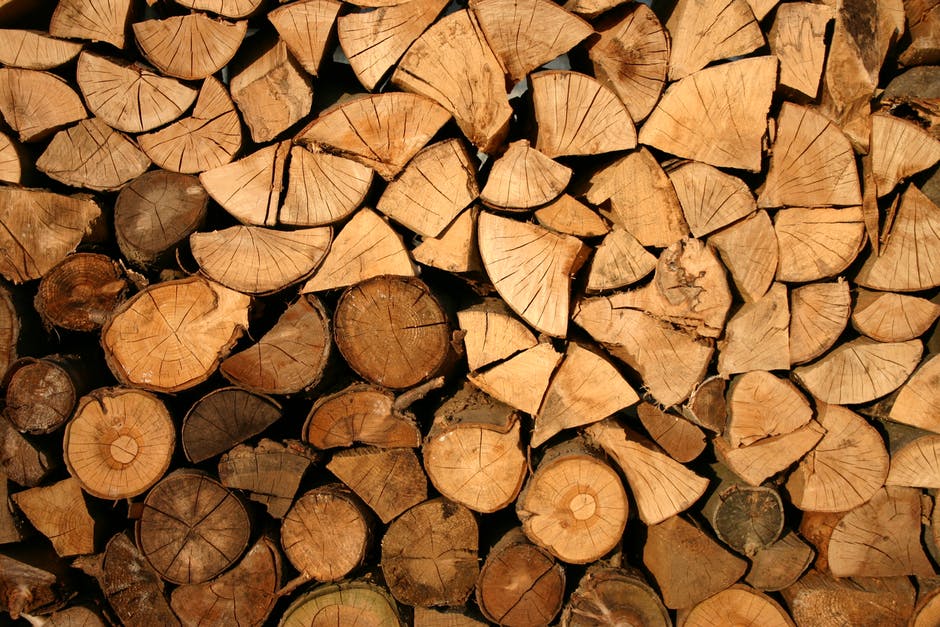repete
Veteran Member
I have noticed more of these in the news lately at protests. Fortunately they tend to stay in urban areas.

Bamboo - this should be banned, took me years to eradicate on my property. Many neighbors have it. Spreads fast and in winter falls over onto roads. I have seen it take over peoples yards and roadsides to the point where they need to bring in dozers to remove it.
Actually, it’s not true that we are limited to either XX or XY. In addition to other chromosomal variations (XXY, YY, XYY), there are a number of other conditions that cause people to have female traits when the are genetically male and vice versa.I wasn’t speaking of preference, but identification. You either have a Y-chromosome, or you do not have a Y-chromosome. Binary.
It falls under “diseases we didn’t see 30-40 years ago”, for those who recognize identification as something other than your *** at birth as a form of mental disease.What any of this has to do with the actual subject of this thread is beyond me.
I am in GA and my ash are all either dead or heavily affected and dying. They will not go to waste though. The wood is absolutely gorgeous when milled into 1x lumber and I am looking forward to trying it in the wood stove this winter. Let me ask you this since you have experience with the EAB. I try not to let teh firewood get to far from my property as not to affect others ash trees. But if I have it at my property 1 mile away the ash in my neighborhood are likely affected as well? Is that a safe assumption? Also does the EAB persist in dried firewood?

 apexchimneysweeps.co.uk
apexchimneysweeps.co.uk
Don't get hung up on fads. Ignore them and they will go away.It falls under “diseases we didn’t see 30-40 years ago”, for those who recognize identification as something other than your *** at birth as a form of mental disease.
I don’t think the rare gene combinations you describe above can explain the apparent sudden rise in the number of people identified as male at birth, who now declare themselves female, or vice versa. What are the actual stat’s on that?
It took me about 7 years of herbicide to get rid of Japanese Knotweed on my property near the river.I wonder if what you are dealing with is Japanese Knotweed (Fallopia japonica). A lot of places here in Vermont are battling it. Many people not familiar with it misidentify it as bamboo. It is highly invasive, and allelopathic (the roots emit a chemical that is toxic to other plants). Up to 2/3 of the biomass is underground, rhizomes which can grow as large as 3” diameter and penetrate up to 6.5 feet deep. If you cut the plant, both the cut stem and the roots will resprout. Even small pieces of vegetation can resprout. So if you are mowing or cutting, think carefully about what you plan to do with the cuttings.
It’s extremely difficult to kill by purely mechanical means, and even with herbicides, it can take multiple years of treatments.
Knotweed, Japanese | Vermont Invasives
www.vtinvasives.org
I have seen turkey buzzards twice last week and a few times besides in the last monthMost of the above, but the most recent change I've seen is the invasion of black vultures. Until maybe 10 years ago, we always saw turkey buzzards devouring the road kill. The first black ones I saw, I thought were immature turkey buzzards. Now, I rarely see a turkey buzzard, but the black ones are everywhere.